Erato, one of the nine Greek Muses, has a long-standing association with erotic poetry. In this painting, Quebecois painter Ozias Leduc (1864–1955) represents her nude, standing, her head lifted and her abundant hair falling down her back. The woodland setting seems especially favourable for the artist’s encounter with the beloved woman, including the one desired above all others—the muse, who carries within her the source of creative power and allows the artist to give birth to his art. It was a frequent theme in visual art at the end of the nineteenth century, such as in the work of the Pre-Raphaelites, the Symbolists, the Nabis, and even the Fauves.
![Ozias Leduc, Erato (Muse in the Forest) (Erato [Muse dans la forêt]), c.1906](/wp-content/uploads/2020/09/spotlight_109_ozias-leduc-erato-article-image.jpg)
Ozias Leduc, Erato (Muse in the Forest) (Erato [Muse dans la forêt]), c.1906
Oil on cardboard, 27.9 x 22.9 cm, National Gallery of Canada, Ottawa
For Leduc, the muse and the mountain were inextricably entwined; Mont Saint-Hilaire was a universe into which his imagination projected the sacred and the spiritual. In his “L’histoire de S.-Hilaire on l’entend, on la voit” (The Story of Saint-Hilaire Is Heard, Is Seen), he describes it as “full of the dream images that populate the accidental material world,” and continues, “We are in the domain known to the chosen artists, to the poets, to the masters of sound, a sacred and limitless domain.”
This Spotlight is excerpted from Ozias Leduc: Life & Work by Laurier Lacroix.
 Stitching the Archives
Stitching the Archives
 A Working-Class Hero
A Working-Class Hero
 Imagining Entangled Futures
Imagining Entangled Futures
 Bridging Far and Near
Bridging Far and Near
 Soft Power
Soft Power
 Imagining Emancipation
Imagining Emancipation
 A Priceless Portrait
A Priceless Portrait
 Meditation in Monochrome
Meditation in Monochrome
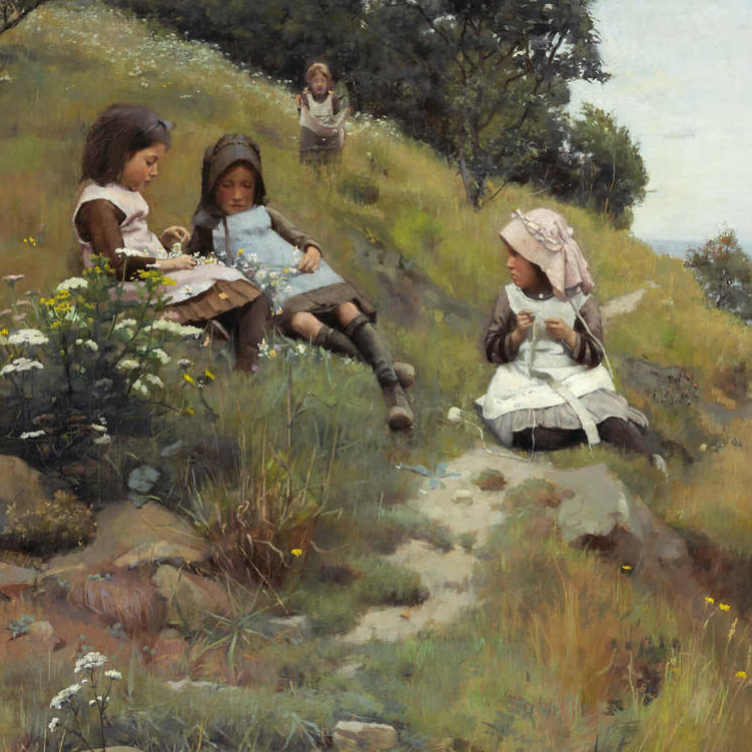 Making His Mark
Making His Mark
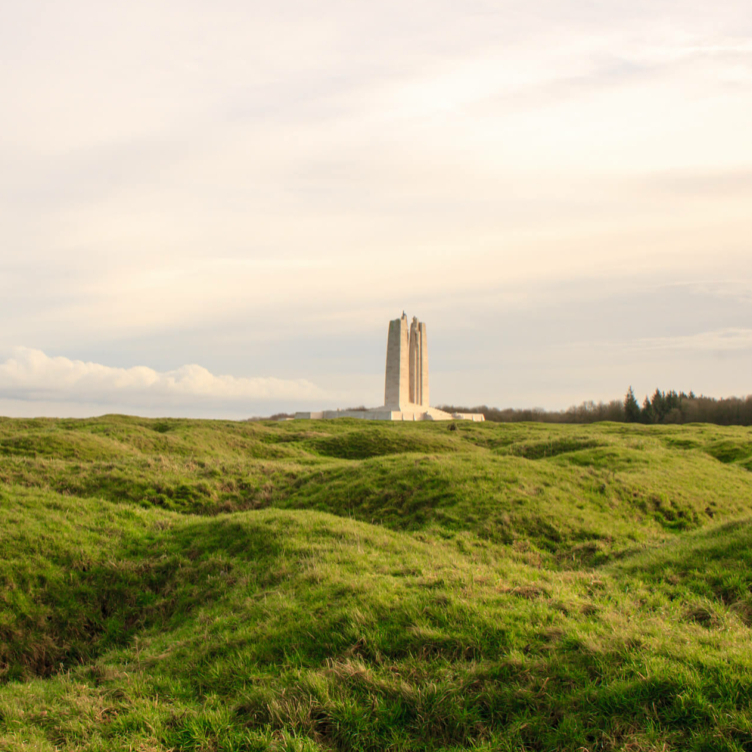 Honour and Sacrifice
Honour and Sacrifice
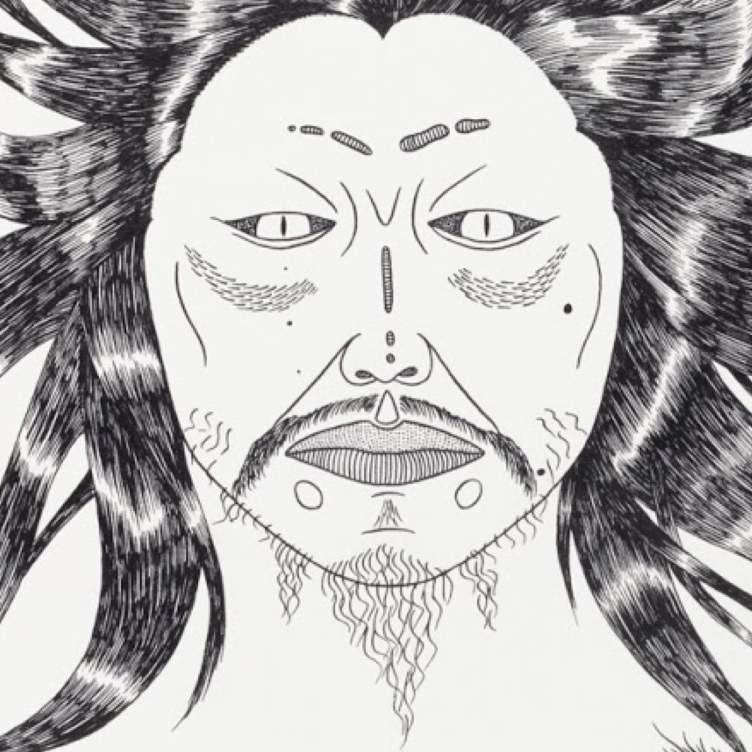 A Monstrous Vision
A Monstrous Vision
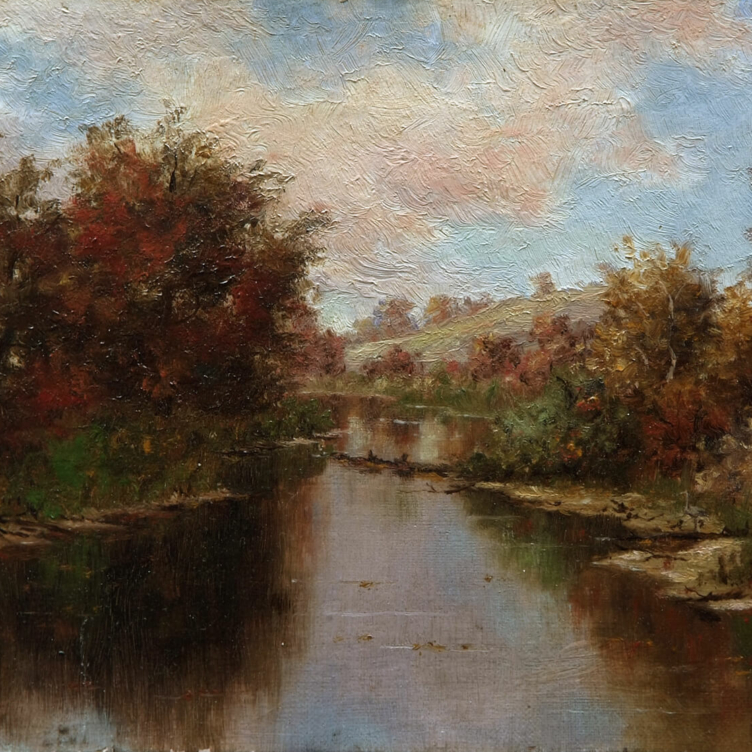 Remote Beauty
Remote Beauty
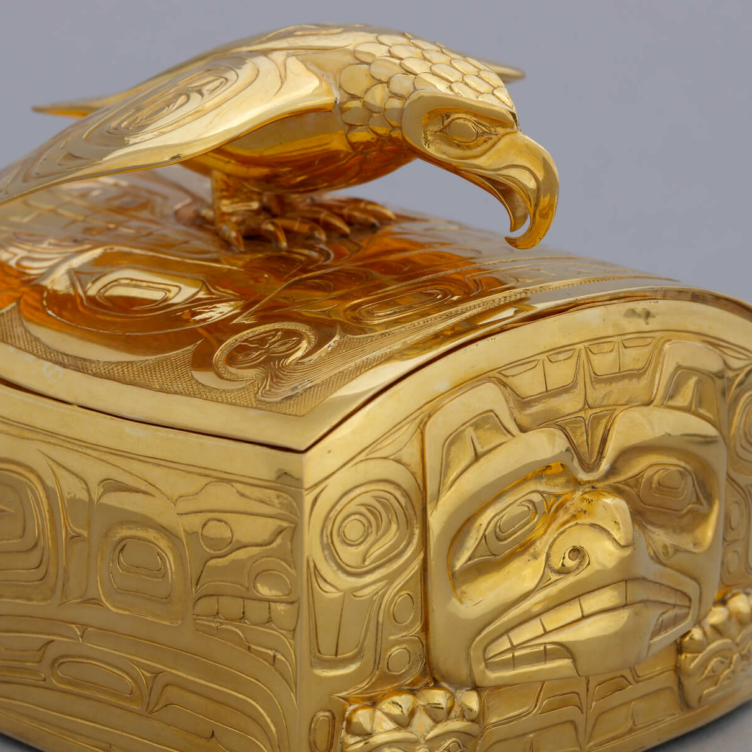 Pride and Resistance
Pride and Resistance
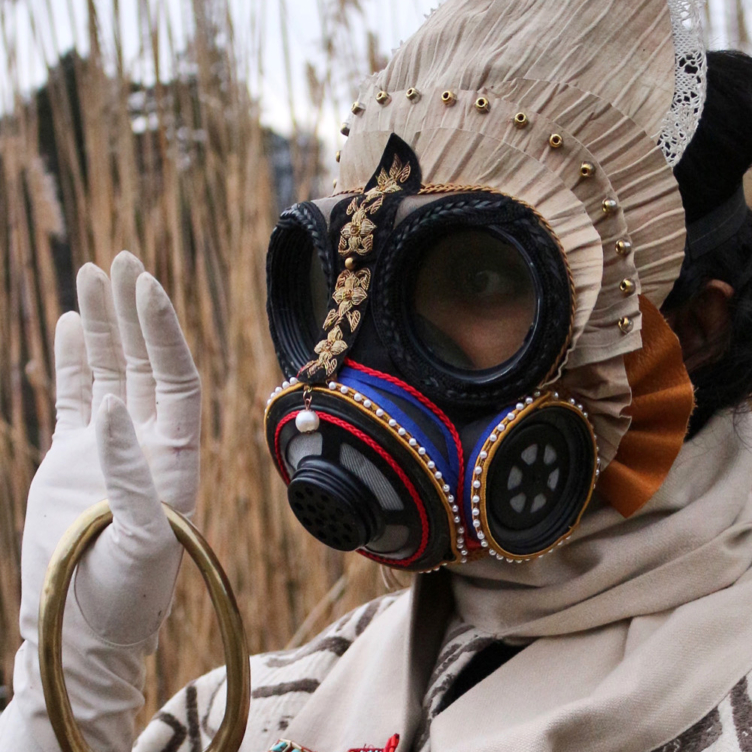 Dressed for Danger
Dressed for Danger
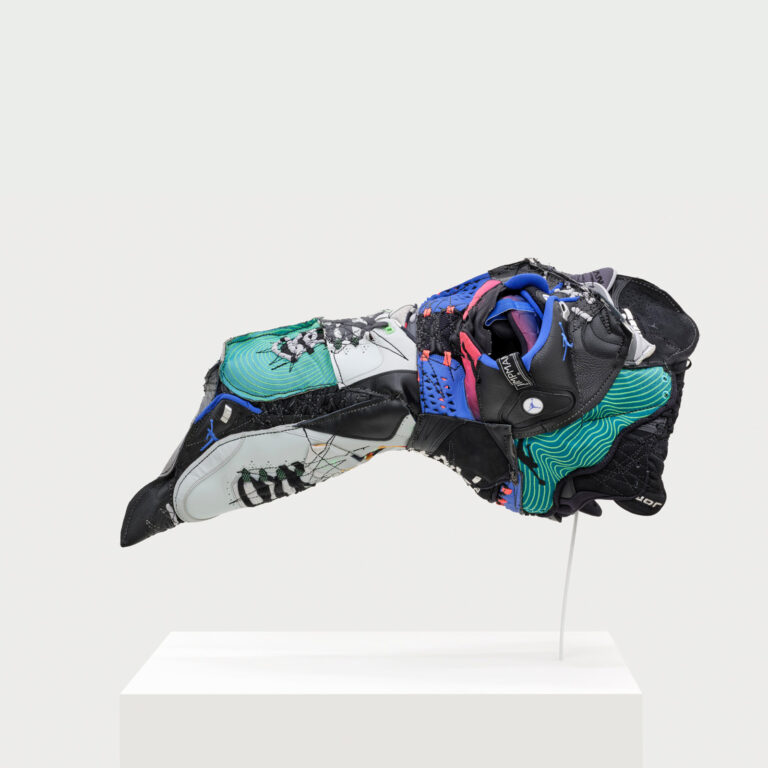 Masks from the Past
Masks from the Past
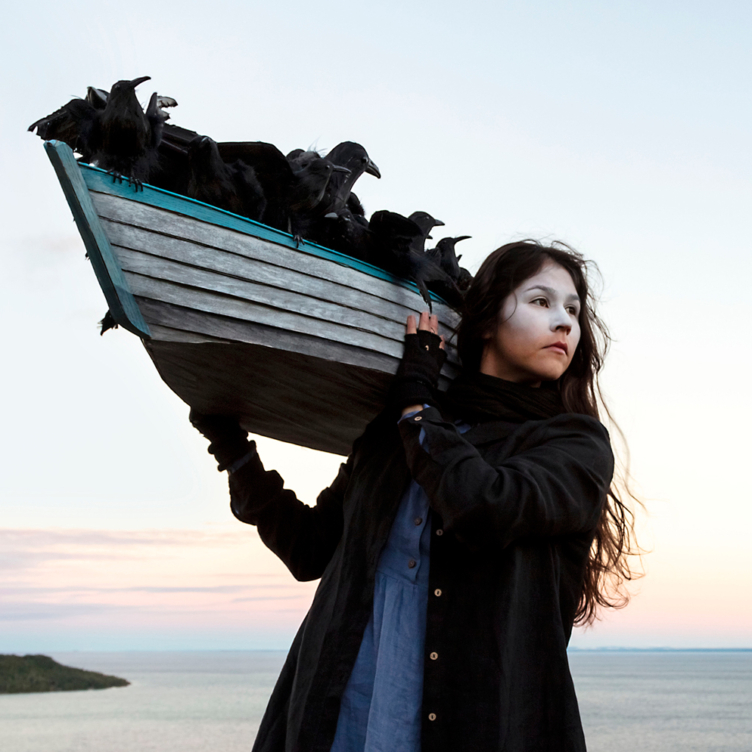 Lessons from the Land
Lessons from the Land
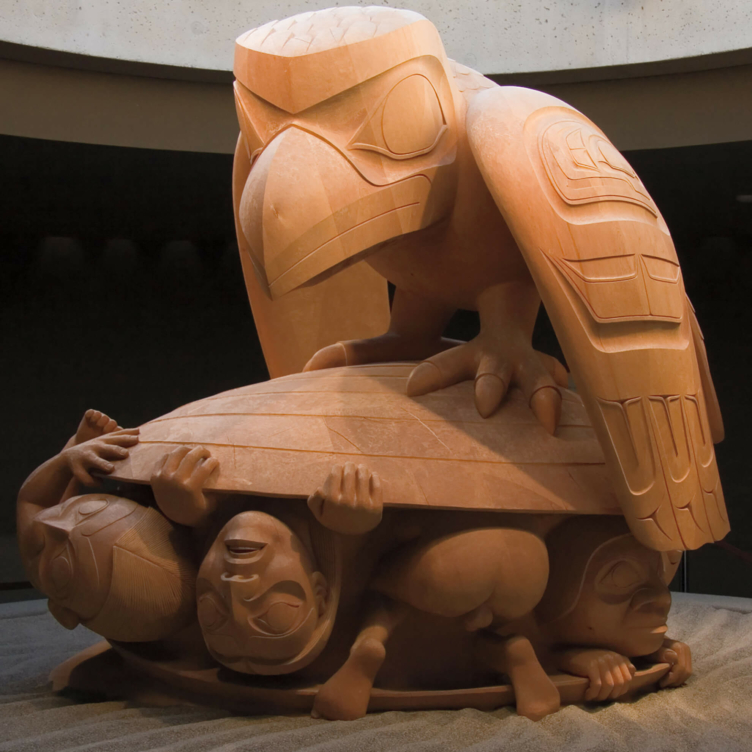 A Cultural Hero
A Cultural Hero
 Food for Thought
Food for Thought
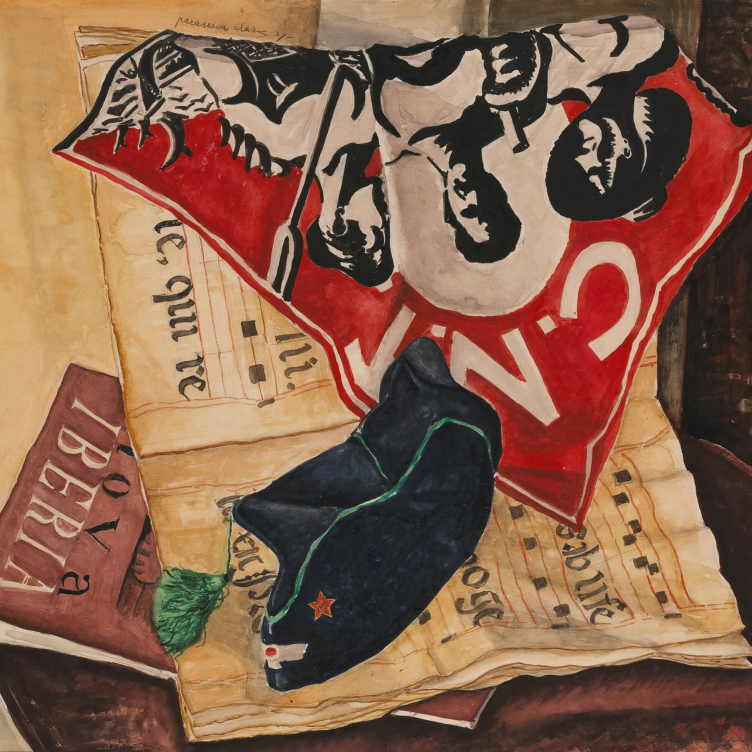 A Passion for Activism
A Passion for Activism
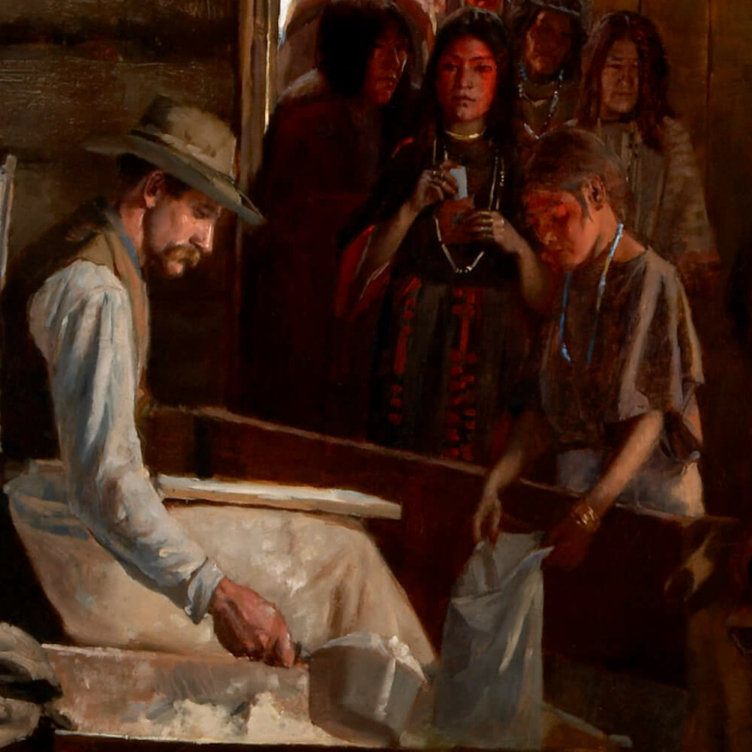 Starvation and Scandal
Starvation and Scandal